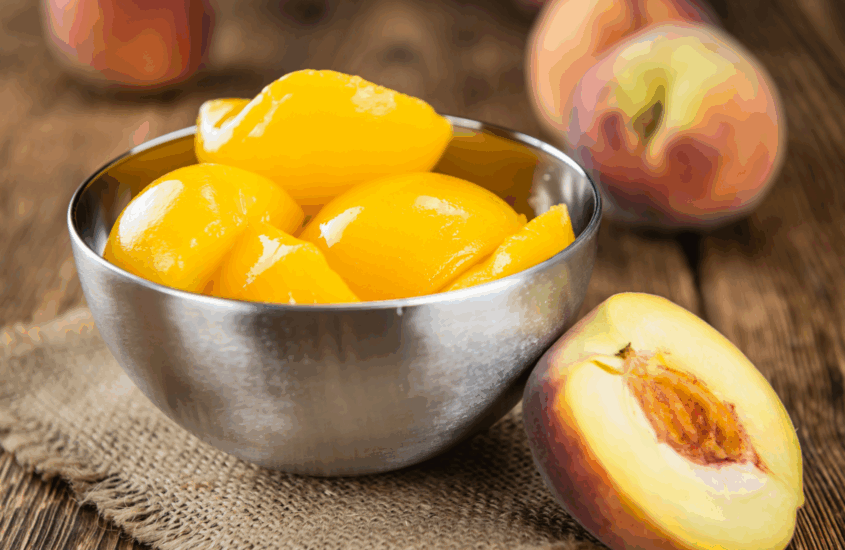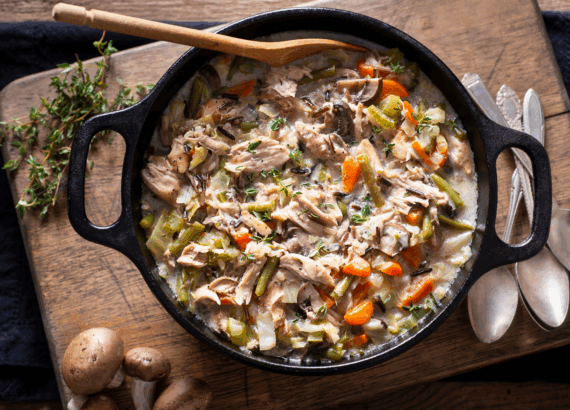Classic American Canning: Recipes Worth Keeping Heritage in a Jar
AmericanMom Team |
From pioneer wagons to farmhouse kitchens, canning has been a cornerstone of American home life for generations. It’s more than just preserving food — it’s preserving a way of life. In every jar, there’s a story: a summer garden saved for winter, a family recipe passed down like an heirloom, a tradition that ties us to the women who came before us. These 10 canning recipes aren’t just delicious — they’re pieces of American heritage, captured in glass, ready to nourish both body and memory.
- Grandma’s Bread & Butter Pickles (Midwest)
Sweet, tangy, and a little crunchy — the recipe that showed up at every church potluck and summer picnic from Iowa to Ohio.Heritage note: Popularized during the Great Depression, bread & butter pickles were a way to stretch the garden harvest and bring a burst of flavor to otherwise humble meals. Many Midwestern farm wives traded jars with neighbors as a token of friendship.
Recipe here - Old-Fashioned Peach Preserves (Georgia)
A Southern staple, made with ripe summer peaches, sugar, and a hint of lemon — perfect on biscuits or cornbread.
Heritage note: In the Peach State, preserving peaches was as much about pride as it was necessity. Families often gathered for “peach peeling parties” in the summer, a tradition blending work, storytelling, and community.
Recipe here - New England Cranberry Chutney (New England)
Tart cranberries, apples, raisins, and warm spices — a Colonial-era twist that pairs with roast meats or Thanksgiving turkey.
Heritage note: Cranberries are one of only three fruits native to North America. Early colonists and Native Americans alike valued them for their long storage life, using them in sauces, pemmican, and preserves to survive harsh winters.
Recipe here - Appalachian Chow-Chow (Southern Appalachia)
A tangy, mustard-based relish made from green tomatoes, cabbage, and peppers — a way to save the last of the garden harvest.
Heritage note: Chow-chow reflects the resourcefulness of mountain communities, where every last vegetable was used before frost hit. It was a staple condiment for beans and cornbread, turning simple meals into flavorful feasts.
Recipe here - Wild Blackberry Jam (Pacific Northwest)
Picked along fence lines and logging roads, these deep purple jars are summer captured in glass.
Heritage note: In the Pacific Northwest, wild blackberries grew abundantly — often considered both a blessing and a battle to control. Families turned berry-picking into an annual rite of summer, often returning home with purple-stained fingers and enough fruit to last the year.
Recipe here - Dilly Beans (Upper Midwest)
Crisp green beans pickled with dill, garlic, and peppercorns — a homestead classic from canning marathons in late August.
Heritage note: In Scandinavian-influenced Midwestern communities, dill was a beloved herb, and pickling green beans became a flavorful way to store them before freezers were common. They often appeared alongside hearty winter stews.
Recipe here - Pioneer Apple Butter (Pennsylvania Dutch)
Slow-cooked apples with cinnamon, cloves, and a touch of molasses — thick, spreadable, and pantry gold.
Heritage note: Apple butter traces back to early German settlers, who cooked apples in large copper kettles over open fires during autumn harvest festivals. It wasn’t just food — it was a celebration of the season’s bounty.
Recipe here - Corn Relish (Great Plains)
Sweet corn, peppers, onions, and vinegar — the cheerful yellow-and-red relish that brightened up winter suppers.
Heritage note: Corn has been a cornerstone of American agriculture for centuries, from Native American cultivation to homesteaders’ fields. Corn relish preserved that golden harvest, adding color and sweetness to cold-weather meals.
Recipe here - Strawberry-Rhubarb Jam (Midwest & Northeast)
A tart-sweet combination that screams early summer and old farmhouse kitchens.
Heritage note: Rhubarb, brought over by European immigrants, was one of the first spring crops to emerge after winter. Paired with strawberries, it became a beloved farmstead treat, signaling that the growing season had begun.
Recipe here - Pickled Beets (Everywhere, but especially Amish Country)
Ruby-red slices in a sweet vinegar brine — served cold with Sunday dinner or tucked into a picnic basket.
Heritage note: Pickled beets have long been a favorite in Amish and Mennonite kitchens, where root cellars held jars through the winter. Their vibrant color and sweet-tangy flavor brightened both the plate and the palate.
Recipe here
Canning isn’t just about filling shelves; it’s about filling your home with the flavors and values of the past. Each jar is a testament to self-reliance, creativity, and care — the same qualities that helped build this country. Whether you’re keeping these recipes exactly as they were handed down or adding your own twist, you’re carrying forward a legacy worth protecting. So fire up the water bath, gather your jars, and let the stories simmer — because our heritage is meant to be preserved.






